Moonlighting as an EMT on New York City's front lines
Bryan Lapidus isn’t your average New York City millennial. By day, the 26-year-old is crunching numbers for L&L Holding Company as they work on the redevelopment of Terminal Warehouse, a landmark building in the West Chelsea neighborhood. But after he clocks out, Lapidus gets started on his second job — as a volunteer EMT with the Central Park Medical Unit.
During a typical shift at this time of the year, Lapidus would normally be tending to allergic reactions, bicycle accidents or trip-and-fall injuries in New York City’s Central Park. But now, with the city at the epicenter of the coronavirus pandemic in the U.S., Lapidus has gone from attending to incidents within the 843-acre park to responding to often life-threatening situations across Manhattan and beyond.
As the New York City health care system became overrun by COVID-19 cases, leaving frontline medical workers exhausted, the Central Park Medical Unit (CPMU) stepped up to help field calls under the FDNY’s Mutual Aid System. The Central Park unit comprises 150 volunteers, but amid the pandemic, the number available was drastically reduced because many of the volunteers live at home with vulnerable, elderly parents or immunocompromised relatives, or are themselves at a high risk of infection.
For Lapidus, who lives alone, the days are long, with no time to spare for leisure activities. “I work my real estate job from 8 to 4, and then I have just enough time to jump in the shower, put on my uniform and head to Central Park,” Lapidus tells CBS News. “I’m there until 12 a.m., maybe 1 a.m. or even 2 a.m.”
And the cases are far from what Lapidus is used to. “People are very sick and scared. People are calling saying that they can’t breathe anymore and when we take their vitals, their O2 [oxygen] levels are lower than I’ve ever seen.”
Lapidus says the job is much more challenging than before the coronavirus, not just because of the severity of the cases, but also because of the unprecedented number of calls that have him criss-crossing the city.
“The sheer volume is crazy, so much so that I need to let dispatch know if I’m about to grab food or run to the bathroom, just in case I miss a call, we are just that busy,” he explains. “I could get one call that takes me to 227th Street and then the next takes me all the way down to 23rd Street. In the heat of this, it’s at least one call per hour, sometimes two.”
For comparison, Lapidus says the CPMU used to receive around 3,000 calls a year, an average of 8 calls a day.
“In Central Park, there’s not a long response time going from one end of the park to the other. You don’t have to worry about six flights of stairs in a walk-up, or stabilizing the patient,” Lapidus said. “Now, when you get to the hospital, ten ambulances pull up in front of the emergency ward together. It’s something I have never seen.”
His dedication has come at a cost that he appears willing to bear. “What’s been most tough is the physical and mental exhaustion,” he says. “From the second I go in to the second I end my shift, it’s back-to-back calls and many times I end up staying later than I originally planned.”
“But I don’t want to take a night off because that night off might mean somebody waits an extra 30 minutes for an ambulance.”
On the weekends, Lapidus heads to his hometown of Tenafly, New Jersey, where he began volunteering at just 16 years old. Tenafly, which borders the Hudson River across from New York City, is also struggling under the toll of the coronavirus. While Lapidus says he’s been “fortunate” to have sufficient PPE when he volunteers with the CPMU, getting the protective equipment hasn’t been as easy in Tenafly.
“It’s really a shoutout to our community who came forward, because we were unable to get PPE supplies from our normal vendors because they are just so backordered. I placed an order in February for decontamination spray, and I received it last week,” he says. “The Tenafly community has really stepped up and donated. They’ve helped to a point where we are comfortable, but we still need more.”
Lapidus’ family, who went to Long Island, are supportive of his selfless decision to remain in the city and help out.
“I’m young, I’m healthy, I’m not at high risk of spreading the virus. Though my family were scared, they understood that I had to help,” he said.
As New York state prepares to start lifting some restrictions, two months after the initial lockdown began, Lapidus says the current decline in cases gives him hope.
“When you walk into a hospital, doctors and nurses now have their shoulders down, you can tell they are able to breathe again. The reduction in calls has taken the stress off people and it’s comforting to see people being released from the hospital.”
And Lapidus says the outpouring of support from locals has been an invaluable gift.
“It’s amazing. I’ve never seen communities come together in such a positive way for all first responders and health care workers. I was stopped at a red light and someone walked out of a supermarket and handed me a dozen roses,” he says. “People donate food all the time, you feel appreciated at this time more than ever before. The 7 o’clock clap, small things like that bring a smile to our faces. It’s a very bright side of New York.”
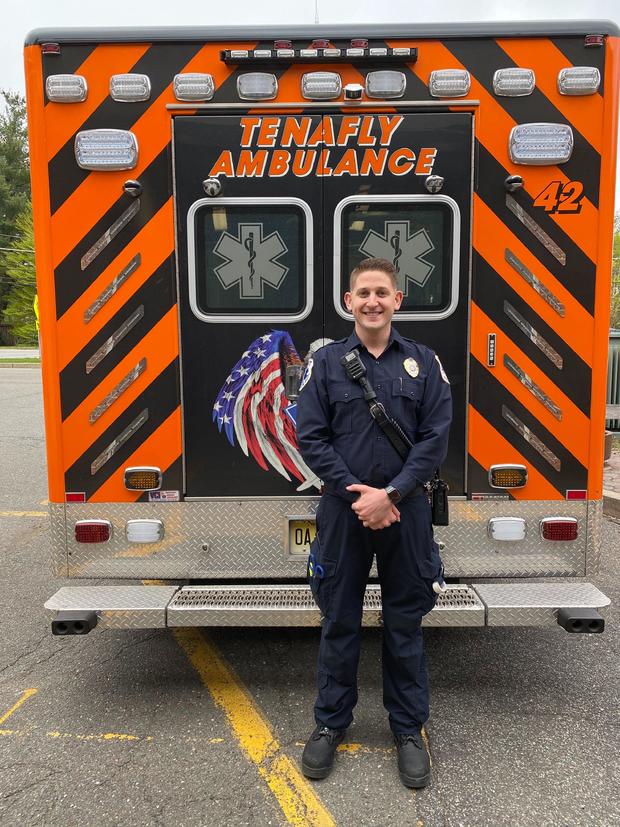

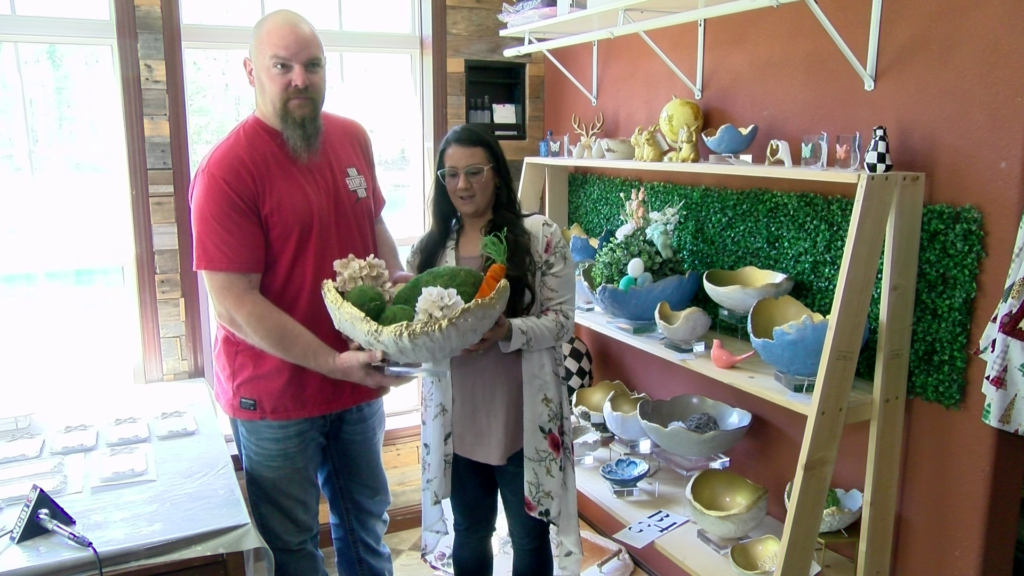
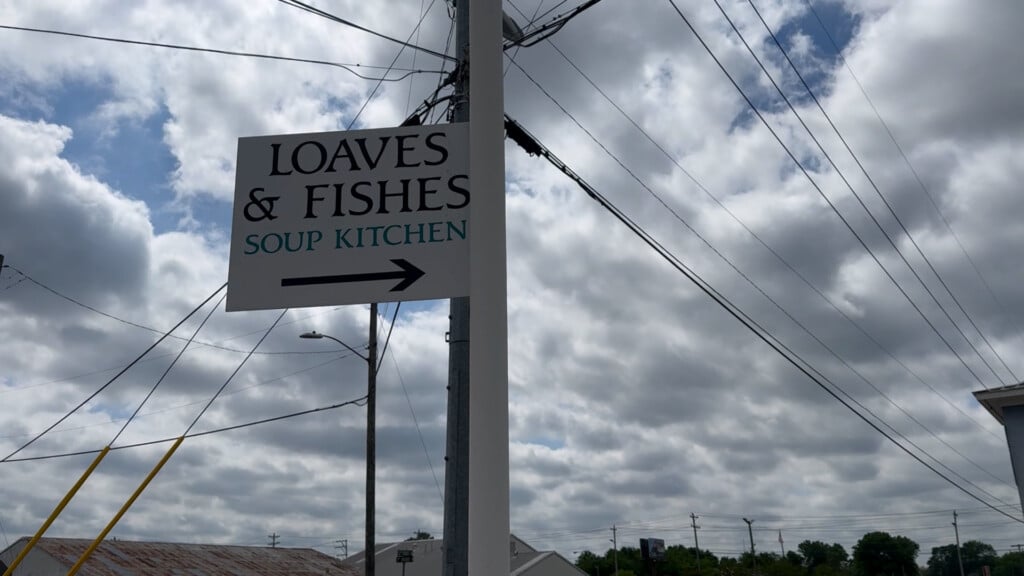
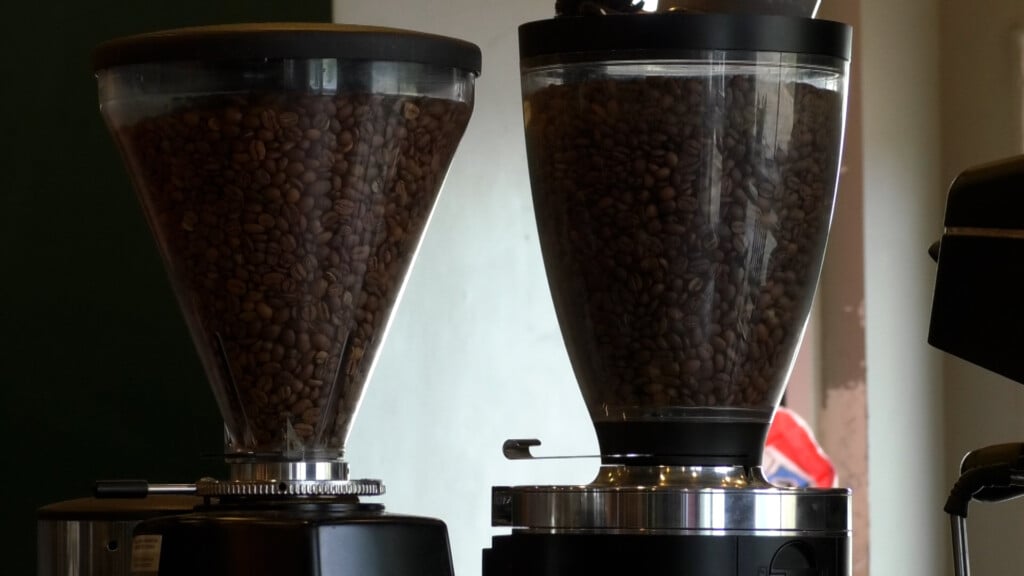
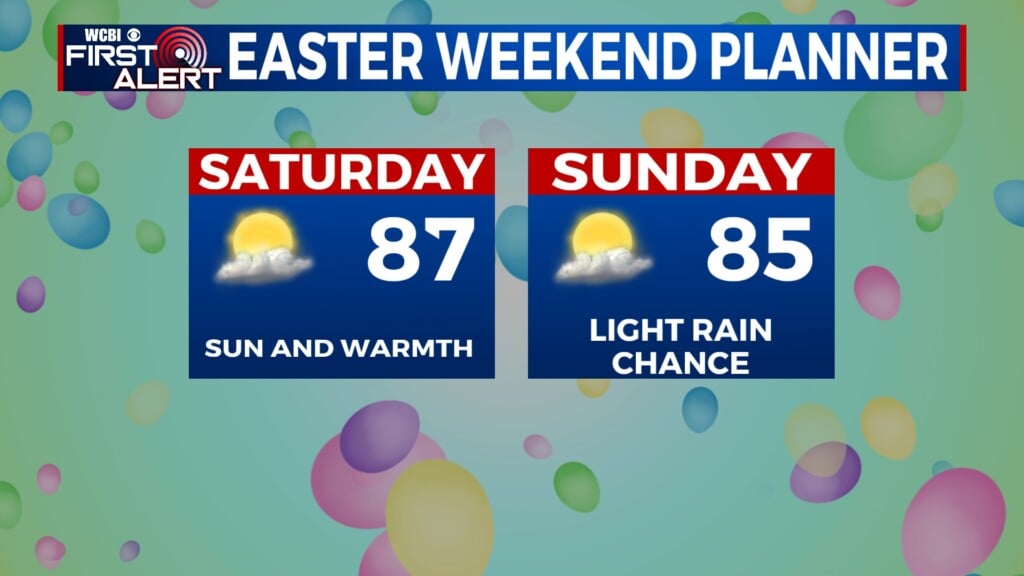
Leave a Reply